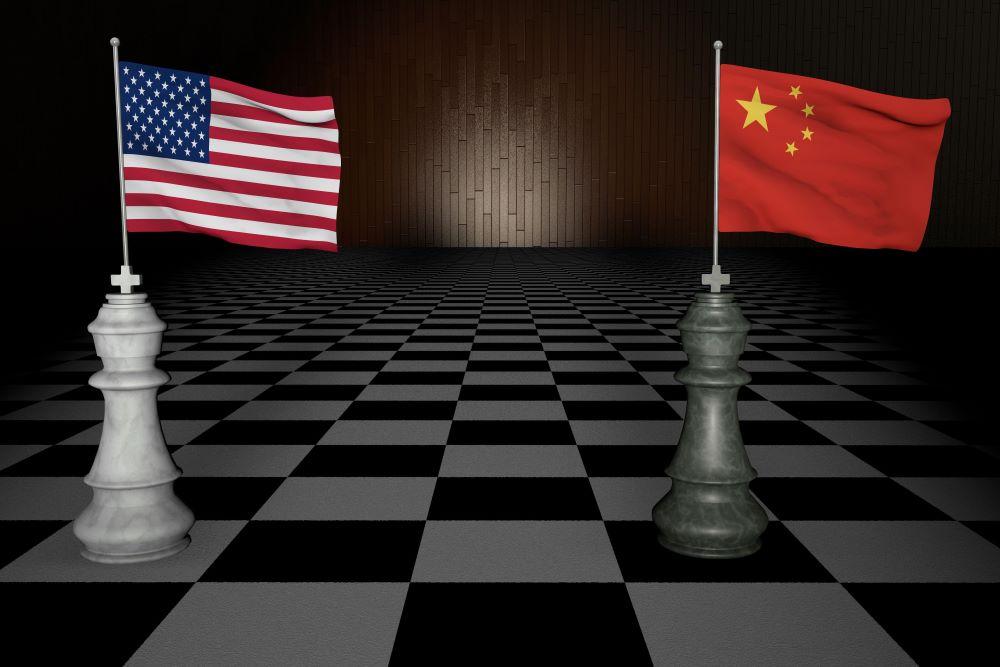Time Of The Essence For Defense Industrial Base Revival, Panelists Say

Great-power competition with China has been instrumental in galvanizing U.S. resolve to revitalize its defense industrial base.
Credit: Alamy Stock Photo
An accelerated revival of the U.S. defense industrial base would be the best way to prepare for a worst-case scenario in the Taiwan Strait, panelists said Nov. 7 during a discussion on the first day of Aviation Week’s A&D Programs event in Washington. Underscoring the paramount importance of the...
Subscription Required
This content requires a subscription to one of the Aviation Week Intelligence Network (AWIN) bundles.
Schedule a demo today to find out how you can access this content and similar content related to your area of the global aviation industry.
Already an AWIN subscriber? Login
Did you know? Aviation Week has won top honors multiple times in the Jesse H. Neal National Business Journalism Awards, the business-to-business media equivalent of the Pulitzer Prizes.
